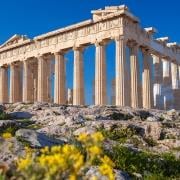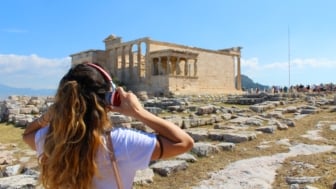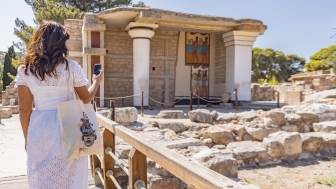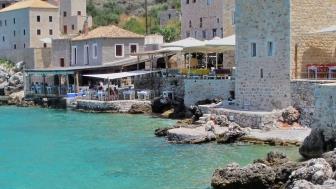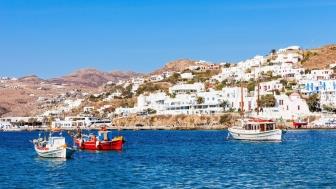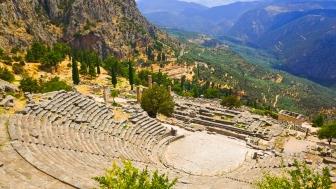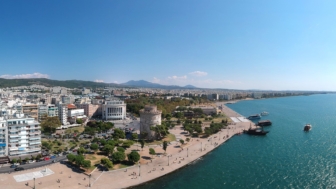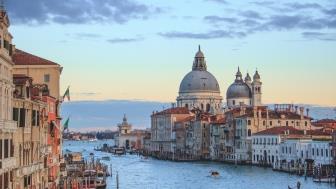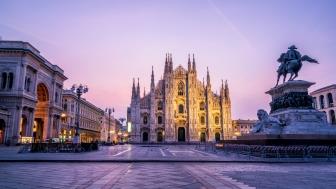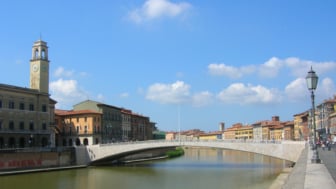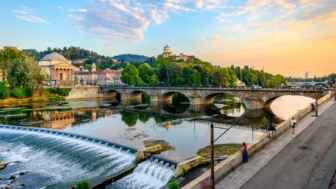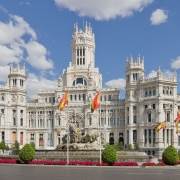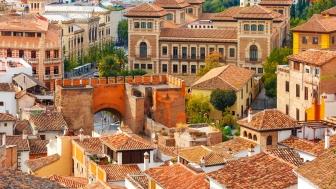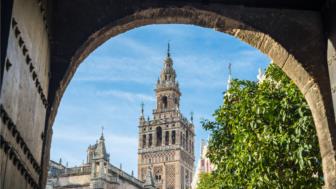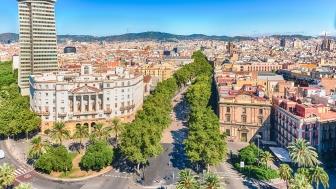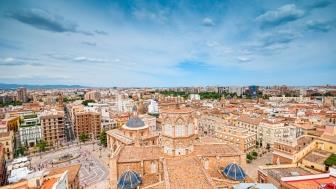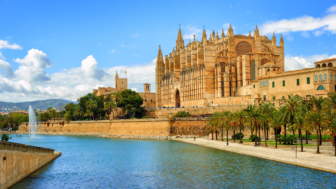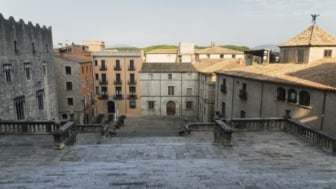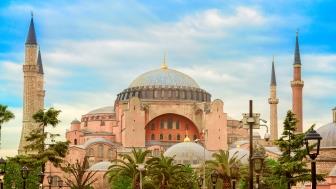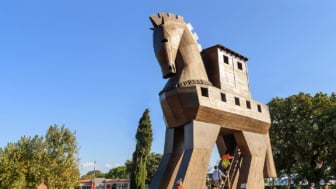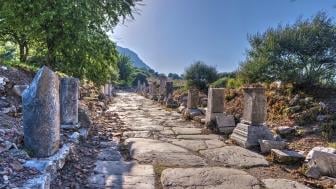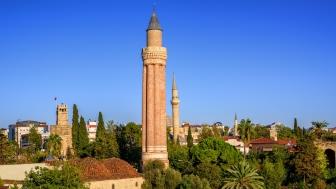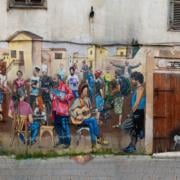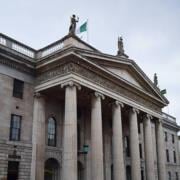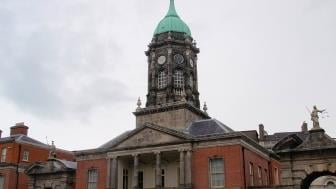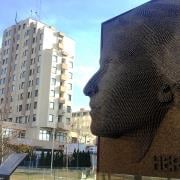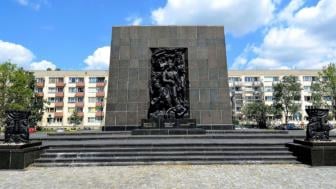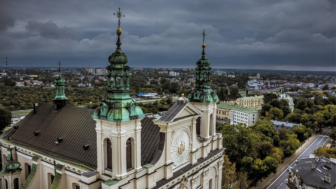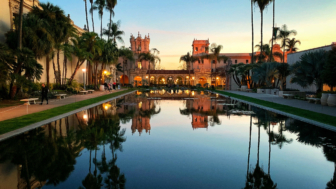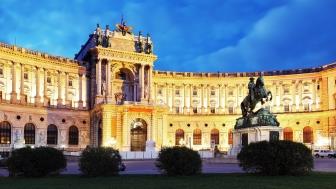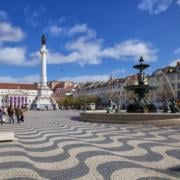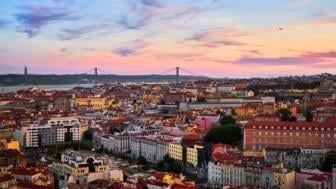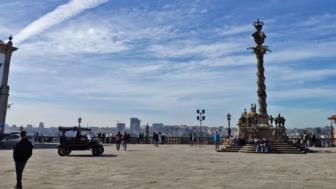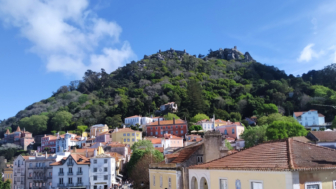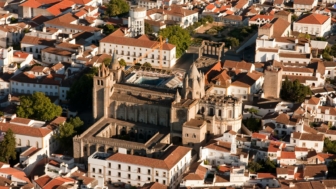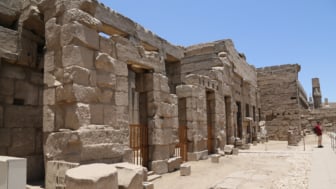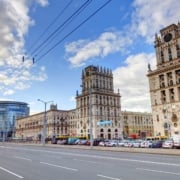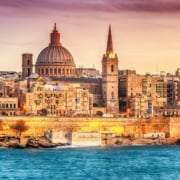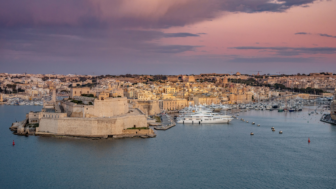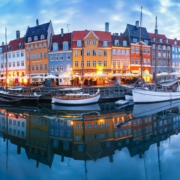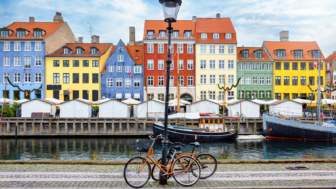Every tour for Clio Muse is an exciting process of discovery. It was mid-summer in 2016 when I first heard about the possibility of writing about the Protestant Reformation and Martin Luther. At the time I was lying on some rocks, basking in the summer sun and enjoying the warm sea of Attica. On hindsight, it is clear that it was almost sacrilegious to think it would be easy to design a tour that would discuss events that shook Europe to the core for many decades in a fair, concise and entertaining way.
Our goal was to present a comprehensive account of events from the viewpoint of the people who were involved and were affected by them; the well-known reformers, the lowly farmers, the prosperous city dwellers and the exhausted printers, the fervent preachers and the ambitious women who participated in the movement and overturned ideas and values that had withstood the test of time for 1500 years. In reality, of course, things did not go as smoothly as one would wish. The available material is expansive and inexhaustible, a mass of information that can turn the prospective researcher into a marine hunter facing a gigantic school of sardines. Whether you like it or not, you feel lost and helpless, unsure of what to do and which sardine to go after.
My personal conclusion, after all this work, is that the Reformation happened almost inadvertently. Luther did not set out to destroy the papacy but to save the souls of the faithful who were threatened with eternal damnation as a result of the activities of greedy and semi-ignorant sellers of indulgences. The prosperous priests of Renaissance Rome were hardly likely to pay heed to the opinions of an obscure German. Their obstinate belief in the supremacy of their doctrines clashed with Luther’s convictions regarding the truth he preached. When you add the nascent nationalism of German rulers, the anguish of people who struggled to save their souls in a world full of death, and the unexpected success of books and pamphlets that, let’s face it, circulated despite all efforts to suppress them, we have an explosive mixture of passion and intellectual strife that transformed Europe.
The Greek world was also affected by these dramatic events. The Ottoman Empire and the Greek Orthodox Church shielded the Greeks from the armed conflicts and the turmoil. Nevertheless, the patriarch Cyril Lucaris (1620-1638) believed that the pope wished to crush the Orthodox Church, so he did not hesitate to clash with him. The Calvinists supported Lucaris and used his tolerance to preach in Constantinople, to translate the Holy Bible in plain Greek, and to open schools. Lucaris published his famous Confessio, which appeared in Latin and circulated widely in Western Europe, where it was used in the struggle against the Roman Catholic Church. His action is not part of the tour we published, but it remains a captivating reminder of the Reformation’s global impact.


